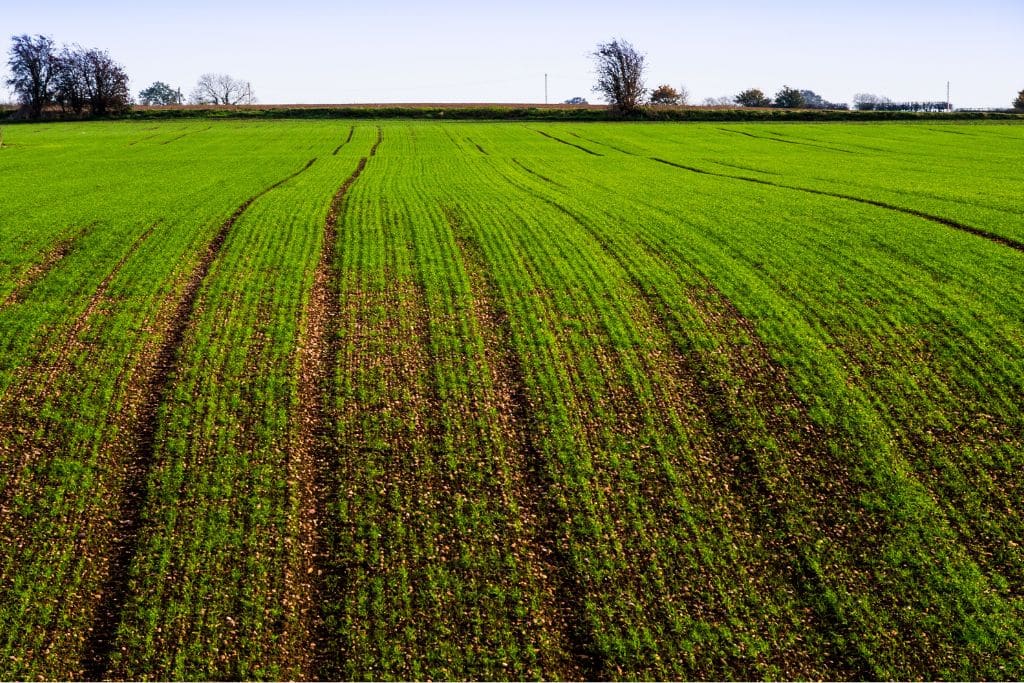Food security is essential for human success. Researchers are bioengineering climate-resilient crops to provide food system solutions.
—
Food Security & Crop Stresses
Based on the International Panel on Climate Change’s (IPCC) Special Report on Food Security, climate change is threatening food security. It is threatening food systems (i.e., crops) through warmer temperatures and extreme weather events. Warmer temperatures have triggered an increased spread of pests and diseases, negatively impacting crop production.
Under current greenhouse gas (GHG) emissions, it is estimated that half of all insects will advance their distribution range by 50% by 2100. Insects are commonly classified as pests which can carry disease and infect crops. This means that a greater distribution of insects has potential to threaten 50% more landmass than they currently occupy.
Warmer temperatures make environments more favourable for pathogens like fungi to grow. A Nature article published in 2023 argues that fungal disease has led to a global loss of 10% to 23% of crops per year and, owing to the rapidly worsening climate crisis, the disease is expected to spread even more in the coming years. Indeed, warming temperatures will make it easier for fungal disease to spread poleward, decreasing crop yield. Threats to global crop production lead to higher food prices and increased hunger rates.
You might also like: 3 Biggest Threats to Global Food Security
The Essentials
Globally, over 40% of the global population’s caloric intake comes from three essential crops: wheat, rice, and maize. As global temperatures increase, so does the chance of crop failure. Crop failure is when temperatures are too high for the plant to pollinate, resulting in death.
For instance, the following fail temperatures of food crops for the three essential crops are:
- Wheat 34C/93F
- Rice 35C/95F
- Maize 35C/95F
If wheat crops experience temperatures at or above 34C (93F), it will die. If rice or maize crops experience temperatures at or above 35C (95F), it will die.
Warming temperatures are threatening a large portion of the global population’s caloric intake. Additionally, as anthropogenic forcing increases carbon dioxide concentrations it alters crop growth and nutritional content. Specifically, crops like grain and legumes contain less zinc and iron when exposed to higher concentrations of carbon dioxide in the air.
Although the global food system is at risk, it has sparked innovation for researchers to bioengineer climate-resilient crops.
Building Resilience Through Bioengineering
Researchers are finding ways to bioengineer climate-resilient crops. Two ways resiliency is being conducted is through pikobodies and synthetic genetic circuits.
One example of bioengineered crop resiliency is summarised in a Nature article. Researchers found a way to develop synthetic immune receptors in plants known as pikobodies. Pikobodies are defined as “confer plant disease resistance.” To produce this synthetic immune response, pikobodies are fused with plants to provide an adaptive immune system to be resistant to disease (e.g., rusts or blights) and pathogens (e.g., bacterium, viruses, and fungi). Pikobodies can help strengthen essential crops to fight infection and build resilience.
The second example of bioengineered crop resiliency was developed at Stanford University. Researchers are using synthetic genes called “synthetic genetic circuits” to modify vegetation growth patterns to adapt to climate change. These genetic circuits help plants grow specific root systems and leaf structures to adapt to the stresses that climate change is bringing. Additionally, the specific root and leaf structure help the plant to efficiently grow by absorbing nutrients and water from the soil. Overall, the aim of research is to “make the engineering of plants much more precise” and provide crop security in a changing climate.
Conclusion
Warming temperatures, extreme weather events as well as pests and diseases are threatening our food systems, making it more urgent than ever to find ways to safeguard global food security. Using pikobodies and synthetic genetic circuits, bioengineers and researchers can advance crop resiliency through adaptive immune systems and modified growth pattern efficiency. Building crop resilience through bioengineering will be a crucial facet in our food systems as climate changes.
You might also like: The Future of Farming: Can We Feed the World Without Destroying It?














